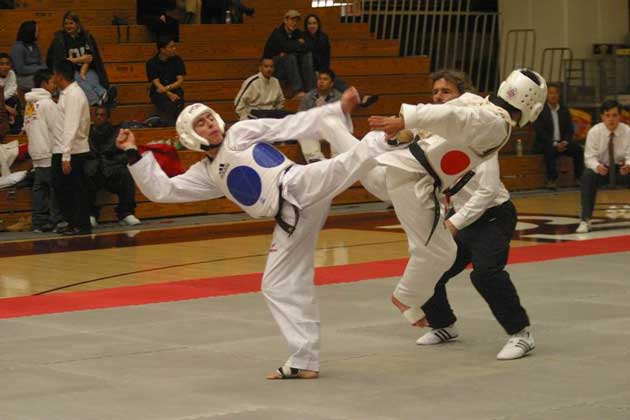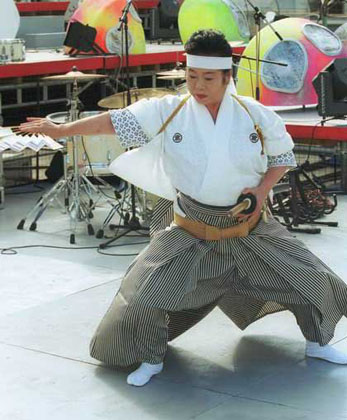MARTIAL ARTS (part 2)
 SUMO.
SUMO.
Of all types of Japanese martial arts, sumo has never been the art of warriors and from the very beginning was a combination of competition and Shinto rite. The first reliable information about sumo competitions dates back to 642 AD, when, at the direction of the emperor, a feast was held at the court in honor of the Korean ambassador. Most of the ancient rites associated with sumo have survived to the present.
Sumo rules are very simple: to win it is enough to either force the opponent to lose balance and touch the ring with any part of the body except the feet, or simply push him out of the ring. Usually the outcome of a duel is decided in a few seconds. Related ceremonies can take much longer. Wrestlers wear only a special loincloth.
In ancient times, sumo champions were revered on a par with saints; according to the beliefs of the Japanese fighters, shaking the earth, not only make it more fertile, but also scare away evil spirits; Sumo wrestlers were sometimes hired to “drive out disease” from wealthy homes and even entire cities. Therefore, such attention is given to the weight of the wrestler (in sumo there are no weight categories). A variety of diets and exercises have been preserved since ancient times, allowing you to most effectively gain maximum weight. The age of professional wrestlers ranges between 18 and 35 years. Most of the sumo champions become folk idols.
The greatest achievement for a wrestler is to become Yokozuna – the Great Champion; this title is awarded for life. For sumo, the honesty of a duel and refereeing is crucial. This is a question not only of sports, but also of religion. It is strictly forbidden to doubt the decision of judges to wrestlers.
Sumo is currently practiced outside of Japan, including in Russia. Negotiations are underway to include sumo in the program of the Olympic Games.
WHERE.
The fate of kyudo – the art of archery – largely repeats the fate of kendo. Like kendo, kyudo enjoyed the greatest popularity in the Middle Ages and was forgotten after the Meiji era. The All-Japan Kyudo Federation was created in 1949, and the revival of Kyudo as a popular sport began.
In ancient times, bows of different sizes were used. The modern kyudo uses a standard Japanese composite bow made of wood and bamboo 2.21 m long. Targets are placed at a distance of 22 or 60 m. In addition to accuracy, graceful movements of the archer are also evaluated. Kyudo is popular among women, it is also included in the school physical education program.
YABUSAME.
Yabusame – equestrian archery, in the Middle Ages served as the basis for the preparation of soldiers from wealthy families; currently a variety of shows taking place during all kinds of holiday celebrations.
KOBUJUTSU.
The general name of the martial arts of those schools that teach a duel using “non-standard” weapons – poles, staves, fans, clubs, agricultural equipment. The latter is especially popular on Okinawa, the birthplace of karate.
The Russian Kobujutsu Federation has existed since 1997.



